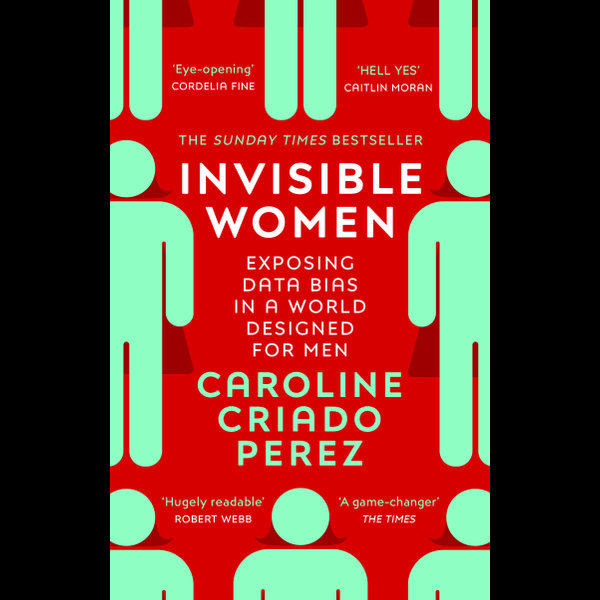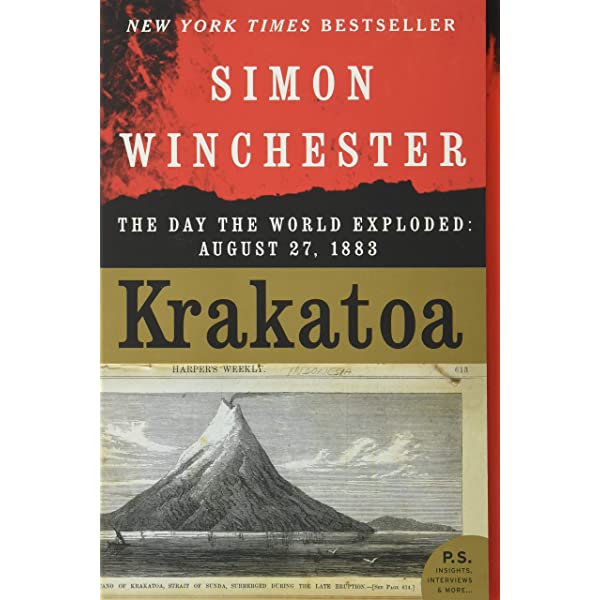Three Book Suggestions
The Lamplighters by Emma Stonex, UK, 2021

Motivated by the disappearance of three lighthouse keepers from the island of Eilean Mòr in 1900, The Lamplighters is an intelligent and beautifully written story. While being easy to read and a definite page turner it is still extremely thought provoking.
Stonex manages to sustain the suspense until the final chapter: were the three men of her story – Arthur, Bill and Vince – (who have absolutely no resemblance to the three men of Eilean Mòr) kidnapped, accidentally drowned, murdered, set upon by ghosts, whisked away by aliens… ? Information is dropped slowly into the lap of the reader, always offering up several possibilities, never giving away the actual facts.
Invisible Women: Exposing Data Bias in a World Designed for Men by Caroline Criado Perez, UK, 2019

Perez asks: ‘Why can’t a woman be more like a man?’ She then continues, answering her own question: ‘ Well, apologies on behalf of the female sex for being so mysterious, but no, we aren’t [abnormal, atypical, just plain wrong] and no we can’t.’
Her book Invisible Women tells what happens when half of humanity is ignored. She argues that by ignoring female body design (medically, technologically and/or architecturally) we have created a world that is less friendly and extremely difficult – and dangerous – for women to navigate. Dividing her argument into sections – for example, daily life, the workplace, design, health, public life… – she contends that the commonly held belief (either consciously or subconsciously) that man is the default human is the root cause of our present unbalanced and extremely unfair global situation.
Krakatoa: The Day the World Exploded by Simon Winchester, UK, 2003

On the 27th August 1883 the island of Krakatoa in the Sunda Strait between Java and Sumatra exploded with a ferocity never before seen or heard, killing thousands of people and completely annihilating the island itself.
Winchester’s book detailing this extraordinary event is magnificent. It is packed with historical, geological and general information while, at its centre, is the unforgettable description of the eruption itself. The seventeenth-century spice trade; the Portuguese, and then the Dutch, presence in Indonesia; the intricate geology behind what we now know as the continental drift; the work and theories of Alfred Russel Wallace (who was possibly a step ahead of Darwin); the fortunate combination of Morse and rubber that allowed the late nineteenth-century world to quickly learn of the disaster; and much more all combine to make this book both significant and memorable.